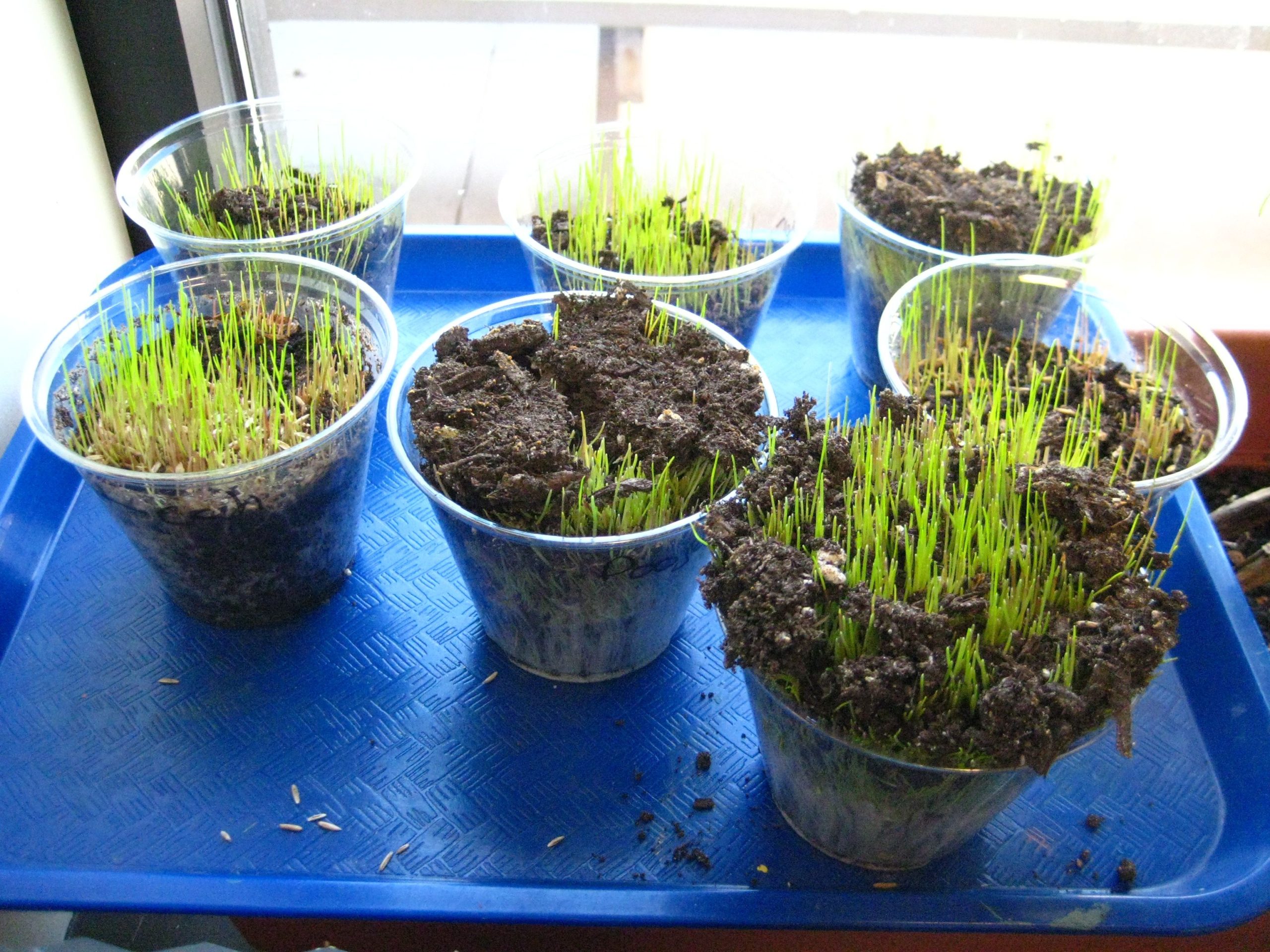Growing grass in a cup is an easy and engaging science experiment for kids of all ages. With just a few basic supplies, children can experience the excitement of planting seeds and nurturing grass growth indoors. This project teaches important concepts about plants, encourages observation skills, and provides days of green fun!
Follow the steps below to grow vibrant grass with your kids at home or in the classroom. This activity works for preschoolers kindergarteners, and elementary students.
Supplies Needed
To grow grass in cups, you will need:
- Plastic cups, yogurt containers, or milk cartons
- Potting soil or garden soil
- Grass seed mix
- Water in a spray bottle
- Craft sticks and marker for labels
- Sunny window space
The supplies are simple and inexpensive. Allow the kids to decorate or personalize their cups with stickers, markers, or other art materials if desired.
Step-by-Step Growing Instructions
Follow these easy steps for planting and growing lush blades of grass
1. Fill Cups with Soil
Have kids fill their cups about 3/4 full with potting soil. A small shovel or spoon works well. Leave 1-2 inches at the top.
Potting mix provides the nutrients grass needs to grow, versus plain dirt which lacks those elements.
2. Sprinkle on Grass Seeds
Next, let kids sprinkle a layer of grass seeds over the soil. Grass seed mixes or blends work well. Use a light, even sprinkling – no need to bury seeds under more soil.
3. Label Cups
Write each child’s name on a craft stick with marker. Insert sticks in the cups to identify each kid’s grass.
4. Water Well
Have kids use a spray bottle to water the grass seeds. Moisten the soil but avoid over-saturating. Proper watering is key!
5. Place in Sunny Spot
Position cups on a tray or plate and situate in a warm, sunny spot like a window sill. Sunlight fuels growth.
6. Water Daily
Kids should check and water soil daily to keep it moist. Grass needs consistent watering to sprout and grow successfully.
Grass Growth Timeline
Here is what to expect as your grass sprouts and matures:
-
Days 1-3: Seeds begin absorbing water and activating. No visible growth yet.
-
Days 4-8: White roots start emerging from seeds. Soil may look fuzzy.
-
Days 7-14: First green blades appear! Grass grows taller over next days.
-
Days 10-20: Grass blades reach maximum height. Time to cut!
-
Day 20+: Grass growth slows. Water less frequently. Enjoy the green color.
Actual timeframe varies based on temperature, sun exposure, and watering consistency. But kids will see exciting changes in 2-3 weeks!
Caring for Growing Grass
Follow these tips for helping your grass thrive:
-
Water cups daily so soil stays moist 1-2 inches deep. Grass needs consistent hydration.
-
Give plenty of direct sunlight if possible to drive photosynthesis.
-
Add more seeds if growth seems sparse. Thick grass looks best.
-
Use clean scissors to trim grass once it gets tall for a neat appearance.
-
Transition to watering every 2-3 days once grass is 4+ inches tall.
Proper care will reward you with a lush blanket of indoor grass for your kids to observe and enjoy!
Grass Heads Fun
Once the grass grows long enough, have kids give their grass some personality by creating fun grass heads!
-
Cut grass to 2-3 inch length when ready for grass heads.
-
Use construction paper to cut out eyes, mouth, nose shapes.
-
Glue facial features onto cup. Let kids get creative!
-
The grass becomes the hair, clothing, etc. Have fun with it.
Grass heads make the activity even more engaging for kids as they watch the grass transform into a friend!
Science Learning Opportunities
Growing grass in cups provides lots of science learning opportunities:
-
Observe seeds sprouting and grass growth from start to finish.
-
Discuss what seeds need to germinate and grow – water, soil, sun.
-
Talk about the life cycle of grass and other plants.
-
Examine grass roots when you remove from cup after activity.
-
Conduct experiments testing how grass grows in different conditions.
-
Relate grass growth to larger concepts like photosynthesis and plant adaptations.
Adjust discussions based on your students’ grade level. But every child will gain important understandings about plant processes and ecology.
Additional Fun Ideas
Beyond the basics, consider these extra ideas for grass growing fun:
-
Use clear plastic cups for viewing root development.
-
Plant different grass varieties to compare blade color and texture.
-
Grow grass outdoors from seed sponges for easy transplanting.
-
Add homemade rain showers and grass mowing to your dramatic play area.
-
Make a grass scrub brush by allowing alfalfa or wheatgrass to grow 4-6 inches.
The possibilities are endless when you utilize children’s fascination with growing things!
Easy Indoor Gardening
Growing grass in cups develops skills and interest that can lead to other gardening adventures:
-
Try planting bean seeds and watching the sprouts climb twine.
-
Observe Venus flytraps capturing live insects.
-
Grow avocado trees from pits.
-
Cultivate herbs like basil, oregano, or catnip indoors.
Children who gain confidence tending grass will be eager to grow more. Gardening builds patience, responsibility, and an appreciation of nature.
So grab some cups and grass seed and let the green growing begin! Your kids will be amazed as blades of grass transform before their eyes. This simple science activity yields days of learning fun.
HOW TO GROW GRASS
FAQ
How long does grass in a cup take to grow?
How often should I water my grass seed in a cup?
How do you plant grass seed in a plastic cup?
- A Complete Guide to Caring for Yuki Cherry Blossom Shrub - January 23, 2025
- Identifying Red Hot Poker Seeds: What to Look For When Harvesting Torch Lily Pods - January 23, 2025
- A Complete Guide to Harvesting Evening Primrose Seeds - January 23, 2025

